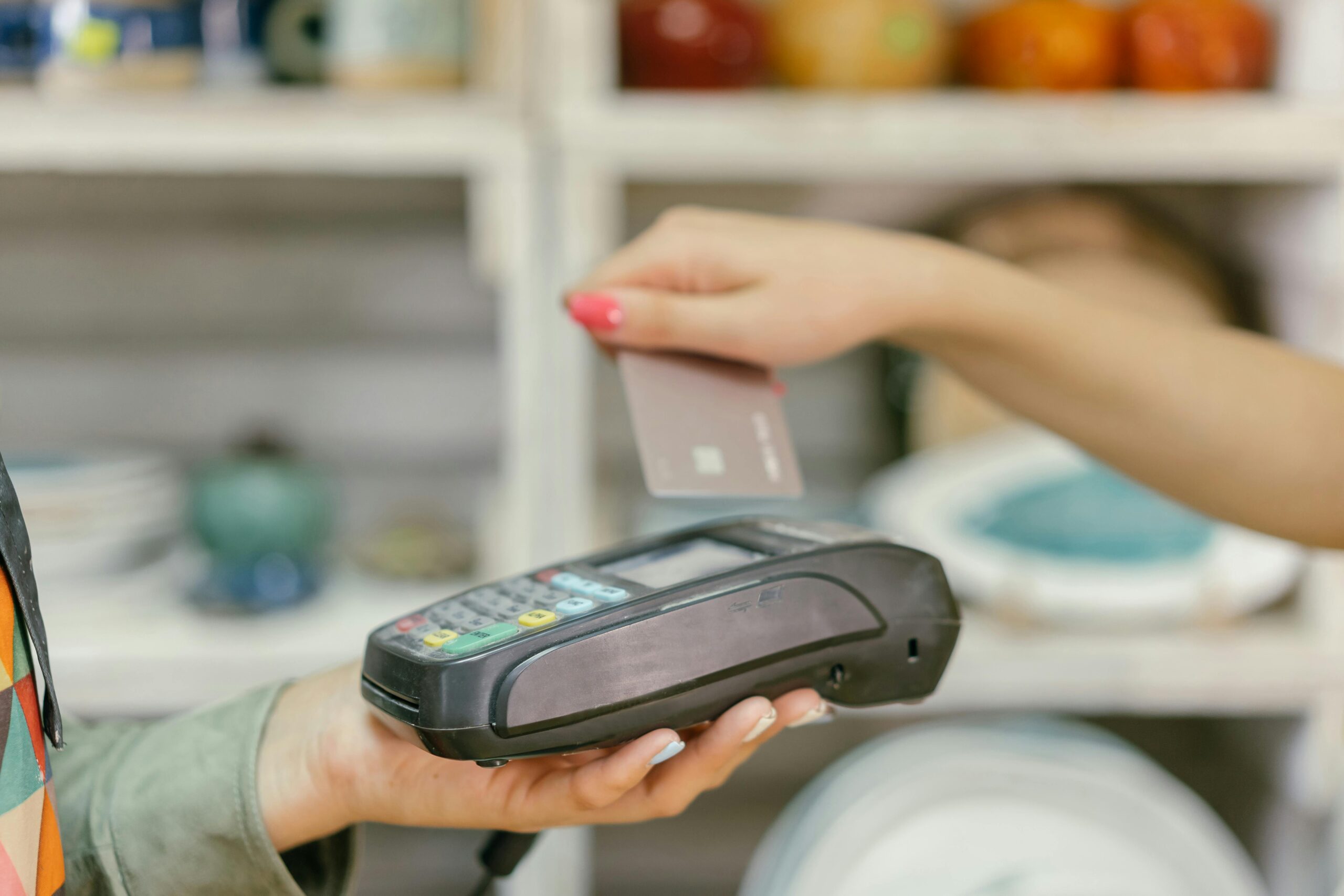A point-of-sale (POS) system is the beating heart of your retail business. It handles everything from processing customer purchases to managing inventory. But with so many options and configurations, setting up a POS system can feel overwhelming. This step-by-step guide empowers Pennsylvania businesses to navigate the POS setup process and get their system up and running smoothly. Remember, even with this guide, consulting with a professional can ensure a perfect setup tailored to your specific needs.
Before You Begin: Planning Your POS Setup
Before diving into the technical aspects, take some time to plan your POS setup:
- Identify Your Needs: Consider the size and complexity of your business, the types of products you sell, and your preferred payment methods.
- Research POS Systems: Explore different POS software options and hardware components like receipt printers, barcode scanners, and cash drawers.
- Budgeting: Factor in the cost of software licenses, hardware purchases, and potential installation fees.
- Data Security: Ensure the POS system you choose prioritizes robust data security measures to protect customer information.
Gathering Your POS System Essentials
Once you have a plan, it’s time to gather the essential components for your POS setup:
- POS Software: This is the software program that runs your entire POS system, managing transactions, inventory, and customer data.
- Hardware: This includes a computer or tablet to run the software, a receipt printer to generate receipts for customers, a cash drawer to securely store cash, and potentially a barcode scanner for faster product identification.
- Internet Connection: Most modern POS systems require a stable internet connection for features like credit card processing and inventory updates.
Setting Up Your POS System: A Step-by-Step Guide
With your planning complete and essentials gathered, here’s a step-by-step breakdown of the setup process:
- Install the POS Software: Follow the software provider’s instructions to install the POS program on your chosen computer or tablet. This might involve downloading the software or activating an online account.
- Connect Your Hardware: Physically connect your receipt printer, cash drawer, and barcode scanner (if applicable) to your computer using USB cables or Bluetooth connections.
- Configure Your System Settings: Input your business information, set up tax rates, define product categories, and create a product database within the POS software.
- Payment Processing Integration: If you plan to accept credit cards, configure your POS system to integrate with your chosen payment processor. This might involve setting up a merchant account.
- Test Your System: Run test transactions to ensure everything functions properly. Process a sale with different payment methods, print a receipt, and test barcode scanning (if applicable).
Optimizing Your POS System for Success
Once your POS system is up and running, here are some additional tips for optimization:
- Employee Training: Train your employees on how to use the POS system efficiently, including processing transactions, managing inventory, and troubleshooting basic issues.
- Data Backups: Establish a regular data backup routine to protect your sales data, customer information, and inventory records in case of system malfunctions.
- Security Measures: Implement strong passwords for user accounts and consider additional security features offered by your POS software, like access controls.
- Ongoing Support: Consider partnering with a remote POS specialist who can provide ongoing support for troubleshooting, system updates, and future technical needs.
The Role of Remote Technicians in POS System Setup
While this guide empowers you for a DIY approach, remote technicians can be valuable assets throughout the POS setup process:
- Remote Configuration and Setup: Remote technicians can assist with initial software configuration, hardware connection, and system settings remotely.
- Troubleshooting and Problem-Solving: If you encounter technical difficulties during setup, remote technicians can diagnose the issue and provide solutions.
- Data Security Best Practices: They can advise on implementing data security measures to protect your POS system and customer information.
- Ongoing Support: Even after setup, remote technicians can offer ongoing support for troubleshooting, software updates, and system optimization.
Finding Reputable Remote POS Service Providers
Several companies offer remote POS setup and support services. Consider these factors when choosing a provider:
- Experience and Expertise: Look for a provider with a proven track record of successfully setting up and supporting POS systems for businesses of your size and industry.
- Technical Support: Ensure the provider offers comprehensive technical support to address any issues you might encounter after the initial setup.
- Security Protocols: Choose a provider that prioritizes robust security measures to protect
